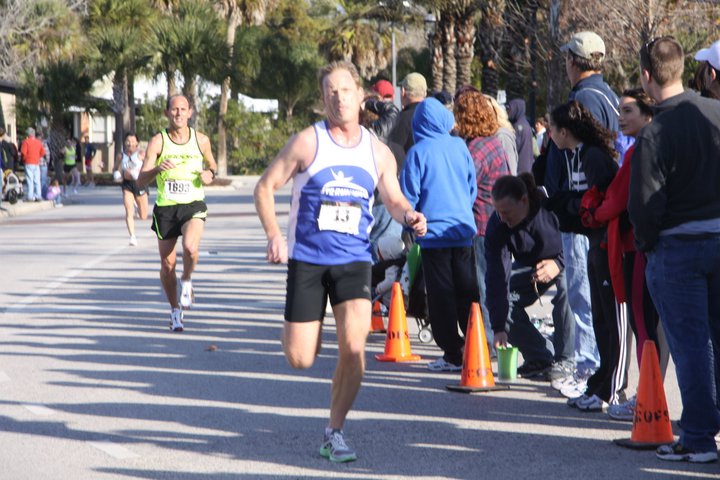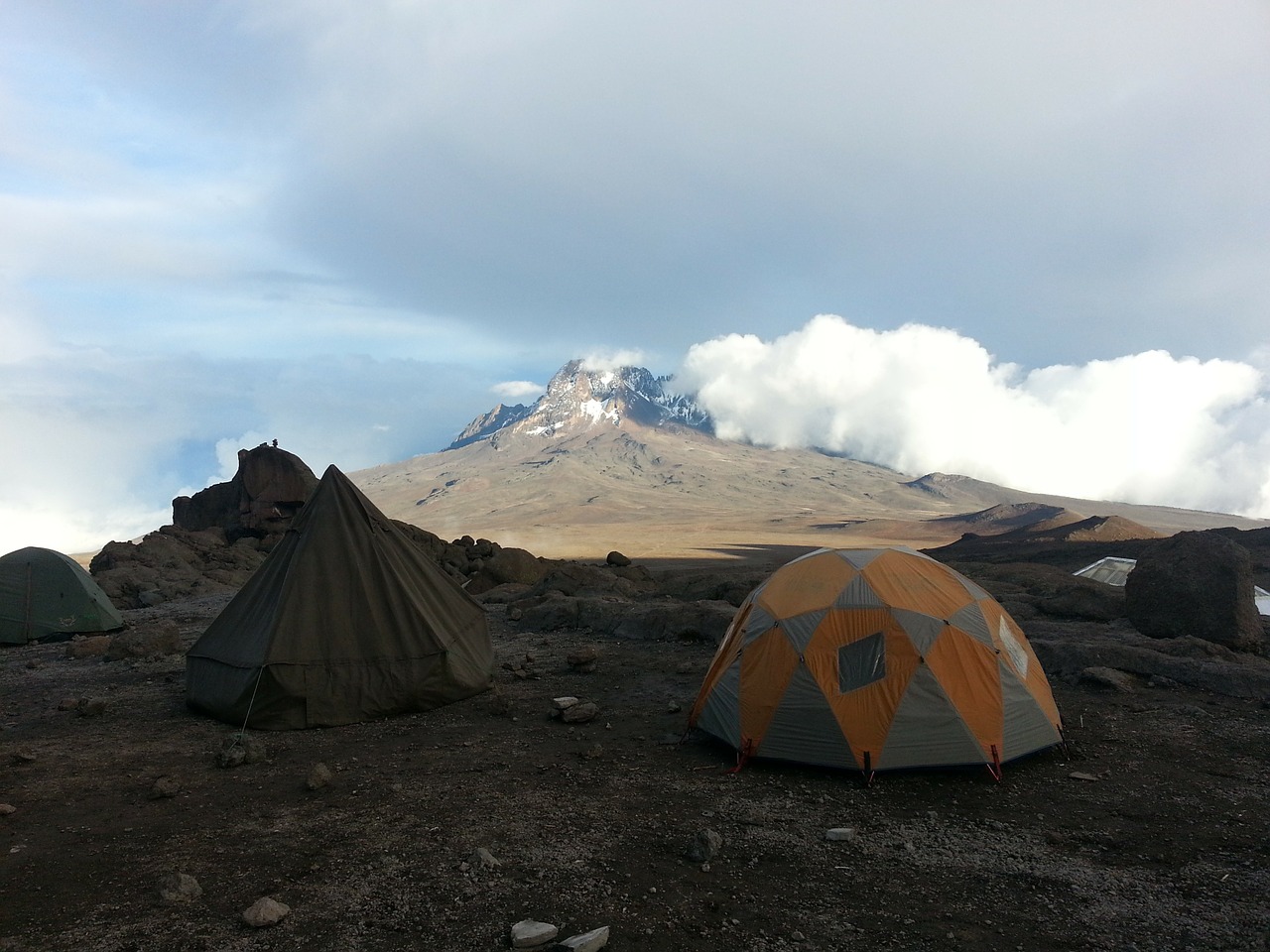 Vol. 35, No.1, issue 373 – Mar/Apr 2009
Vol. 35, No.1, issue 373 – Mar/Apr 2009
By David Frank
While track and field rarely gets much media attention in non-Olympic years, it is still thriving in America. Between the collegiate, high school, club and professional organizations, millions of athletes across the United States compete in track, the world’s oldest sport. Just this past month, local track and field headlines were bountiful; a sign the 2009 season is heavily under way. The NCAA indoor meet was held in Texas with both Florida and Florida State men’s and women’s teams finishing among the top 12 in the nation. The University of North Florida hosted their first ever track meet with one of the top facilities in the country. And the annual Bob Hayes meet was held at Raines High School here in Jacksonville, again boasting itself as the nation’s largest one day high school track meet.
Our club is heavily rooted in the rich tradition of track and field. In fact, one of the greatest, yet underrated, events that JTC Running sponsors is our summer track series. Open to the general public in all age categories and hosted at The Bolles School over the months of April, May, June, and July, this series provides the local community a rare, open opportunity to sprint, jump, and throw. Over that span JTC Running holds three All-Comers meets, a mile festival, a master’s championship, and finally culminates with the Summer Track Classic at the end of July. Without question, at least one of these meets should make your competitive calendar. In the spirit
of athletics everywhere, here are some tips for you road racers.
Getting Ready for Shorter Distances
For most of us, our training focuses on our aerobic energy system. Long runs, steady mileage, and even some tempo runs are our staples for most of the year. They’re essential for everything from 5Ks up to the marathon. However, your body has two additional energy systems besides your aerobic one. The first is phosphagen, the main energy system for high intensity sprinting (100 and 200 meters), and the second is anaerobic. This anaerobic (without oxygen) training is essential for races from 400 meters to 1600 meters and can even be beneficial for shorter road racing distances like 5000 meters. Training these two systems is true “speed” work.
I often hear runners tell me they are doing speed work. But don’t get fooled into thinking that just because a workout takes place on the track that it’s speed training. You can intuitively conclude that in order for your track repeats or ladders to be considered anaerobic you need to be running at a pace beyond your aerobic threshold. In other words, you’re going fast enough that your body cannot replenish the oxygen it’s using. This is more
commonly known as running in oxygen debt. For anaerobic work, generally this pace would be around your maximum 800 meter or 1600 meter race pace. It’s not a dead sprint, but it’s not 5K pace either. When structuring these workouts, focus on running repetitions of 30-90 seconds (150 meters-400 meters +) with plenty of recovery. A classic workout would be to run 4-12 x 200 meter repeats at anaerobic pace with 2-5 minutes recovery depending on your fitness level. I generally allow my athletes as much time as they think they need or until their heart rate comes back down to 120 beats per minute. Repeats of these short distances at a slower pace, but less recovery, would only qualify as an aerobic work and be more akin to a tempo run, so make sure you’re going fast enough. Don’t get caught up in being tough and trying to take shorter recoveries. It’s essential not to turn the workout into a slug fest between you and your burning lungs. It’s all about speed and training your muscles to work longer at higher levels of intensity.
Don’t Crank Up the Volume!
These speed workouts are extremely taxing on your body. While a 20 minute tempo run leaves your lunges screaming, you will feel a good speed workout in your calves and other muscle groups the next day. During an anaerobic workout, don’t let the fact that you’re allowing yourself extended recovery trick you into thinking you’re ready to handle a large load. Take it easy at first by doing just a few 150s or 200s and see how your body reacts over the rest of the week. If you suffer from chronic leg problems like shin splints 14 March/April 2009and sore Achilles, these speed workouts may not be for you. Instead, a few times a week isolate the last mile of a typical training run as a “stride mile”. This idea comes from local runner and shoe store owner, Ted Devos. I’ve morphed it just a bit to fit the needs of my athletes. In the last mile of a run we alternate 15 seconds of speedy running, commonly called striding, with 45 seconds of easy jogging. Or, run a mile on the track going hard for 100 meters and easy for 100 meters. Tack it on at the end, do it in your last mile or squeeze it in the middle of the run. This is a great supplement to typical aerobic mileage accumulation and is an extremely efficient way to get in some strides.
A Little Variety is Great for Motivation
The Gate River Run and marathon seasons are coming to a close. So if you find your motivation waning at this time of year, try adding this true speed work in once a week. Grab a partner and head out to your neighborhood track. Reduce your weekly mileage a bit to avoid injury and find some of the JTC Running track meets to test your new speed.
For more on energy systems, check out the following article: http://www.runnersworld.com/race-training/turn-power?page=single



